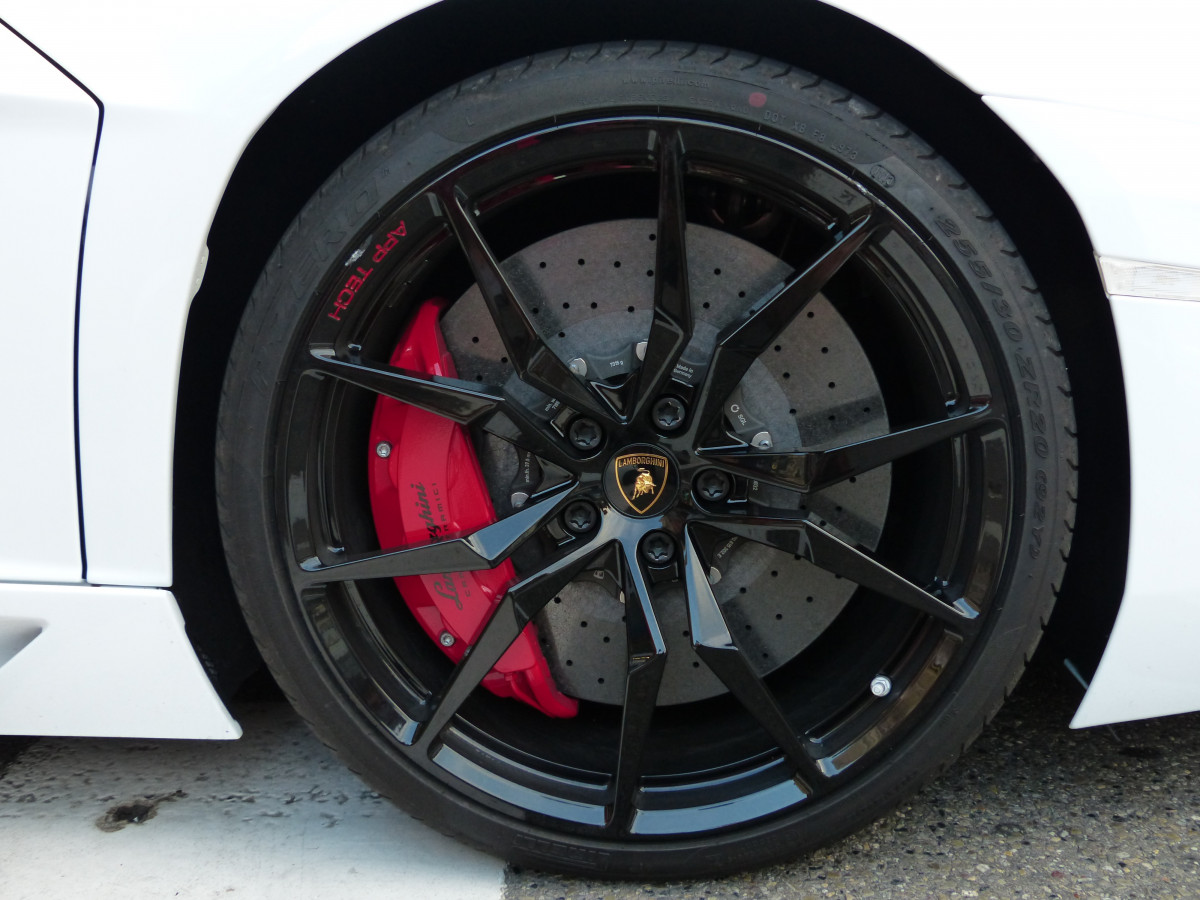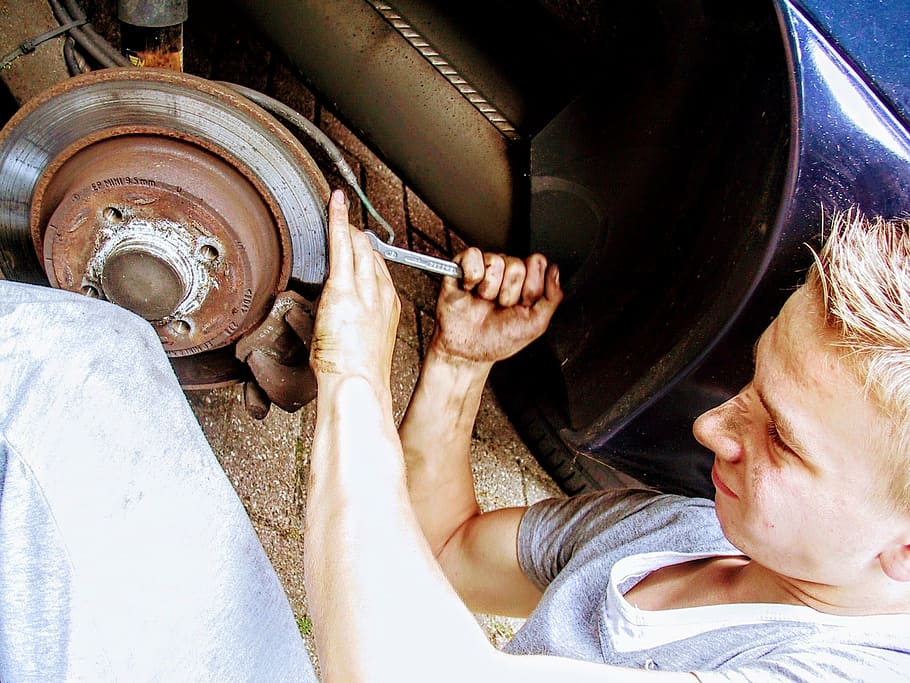Brakes are an essential safety feature of your vehicle. Sometimes, when you activate them, you can feel vibrations in your cabin during braking, which is not reassuring… Don’t panic; we’ll tell you what causes them, what the consequences are, and what you should do to prevent them from happening again!
Braking vibrations: the different types of vibration felt
This symptom of braking vibration appears during the slowing down and braking phases; physically, tremors of varying frequency and intensity are felt by the driver and sometimes his passengers.
Brake vibrations can be felt at the brake pedal, in the steering, and sometimes in the car’s body.
Brake Pedal Vibrations
As soon as you press the brake pedal, you start to feel vibrations that increase in intensity as the braking phase progresses: this is probably a deformation of a brake disc, called warping.
This defect is due to abnormal disc heating, which causes it to deform; the warping amplitude then pushes the pads back with each revolution, a phenomenon transmitted to the pedal.
When braking violently or in an emergency, regular vibrations are felt at the foot with a regular rumbling sound. At this moment, the light that lights up on your dashboard is the activation of the ABS (Anti-Lock Braking System), the anti-lock device on your car’s wheels.
When one or more wheels lock, wheel sensors detect it, and an electronic box, together with an electro-hydraulic unit composed of solenoid valves and a pressure pump, take over from the driver; they release the braking pressure when the wheel locks and restore it alternately at the limit of the locking.
Vibrations felt at the wheel

Still during braking, this time, your steering wheel starts to vibrate:
– at the same time as your brake pedal;
– after passing through a pothole;
– during changes of direction (cornering) from 70km/h onwards, when you feel a wobble or a blur in the steering.
It is certainly a question of play in the front axle, leading to several cases of figure:
– the steering ball joint (or the steering tie rod) of your car is defective;
– the lower or upper ball joint plays;
– the silentblock of the vehicle’s suspension arm is damaged.
Vibrations felt in the body
Again, when braking, vibrations of varying degrees are felt throughout the body and dashboard, with or without vibrations on the steering wheel and brake pedal: the cause is the braking torque, which is abnormally opposed to the forward torque of the drive train (engine and gearbox), vibrating with the body. This phenomenon is due to the following:
– a defective drivetrain mounting silentblock;
– an unbalanced transmission (one of its joints is defective).
Adjusting brake vibrations
After identifying the cause of the vibrations, a diagnosis is often difficult to make. The defective components mentioned above must be repaired.
The different cases and their cost are listed in the following table:
|
Work to be done |
Parts rate |
Labor cost |
Total cost |
|---|---|---|---|
|
Brake discs + pads |
$150 |
$50 |
$150 |
|
Ball joint or steering tie rod |
$40 (ball joint) to $80 (tie rod) |
from $50 to $100 + gear adjustment ($60) |
from $150 to $240 |
|
Upper or lower ball joint |
$30 |
$80 + gear adjustment ($60) |
$170 |
|
Silentblocks arm or complete arm |
$15 (silentblock) to $100 (arm) |
$50 (arm replacement) to $90 (silentblocks replacement) + gear adjustment ($60) |
de $165 à $210 |
|
Engine or box silentblocks |
de $30 à $100 |
$35 à $50 |
de $65 à $150 |
|
Transmission |
de $60 à $200 |
$80 |
de $140 à $280 |
Hope you found this post interesting. Remember to share your thoughts in the comments below.

